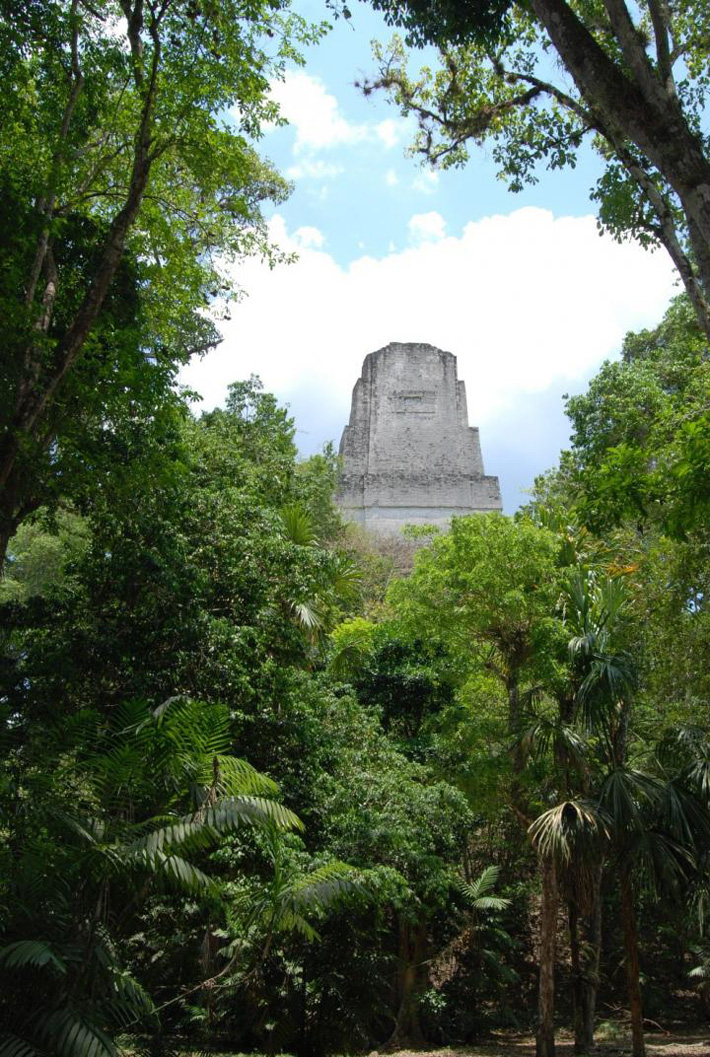Scientists Analyze Tikal's Polluted Waters
Scientists Analyze Tikal’s Polluted Waters
Tuesday, June 30, 2020

CINCINNATI, OHIO—According to a statement released by the University of Cincinnati, a team of scientists analyzed layers of sediments collected from ten reservoirs in the Maya city of Tikal, which is located in northern Guatemala. Founded in the third century B.C., the city was abandoned by the ninth century A.D., when a series of droughts occurred. The researchers detected toxic levels of cyanobacteria in the water near Tikal’s central temple. Biologist David Lentz said consuming this water, even if it had been boiled, would have made people ill, especially during droughts. Algae blooms would have made the water look and taste bad anyway, added anthropologist Kenneth Tankersley. Mercury in the reservoir near the city’s palace was traced to cinnabar, a red pigment used to paint murals and decorate buildings and pottery. When it rained, mercury is thought to have leached from the pigment and collected in the reservoir, since analysis of the sediment with energy dispersive X-ray fluorescence spectrometry confirmed that the contamination did not come from the underlying bedrock, Tankersley said. The scientists concluded that Tikal’s residents are likely to have relied on other reservoirs in the city for uncontaminated drinking water, while the pools in the center of the city probably served as symbols of Maya rulers’ control over the water supply. For more on Tikal's decline, go to "The Snake King's New Vassal."
https://www.archaeology.org/news/8830-200630-maya-guatemala-water
